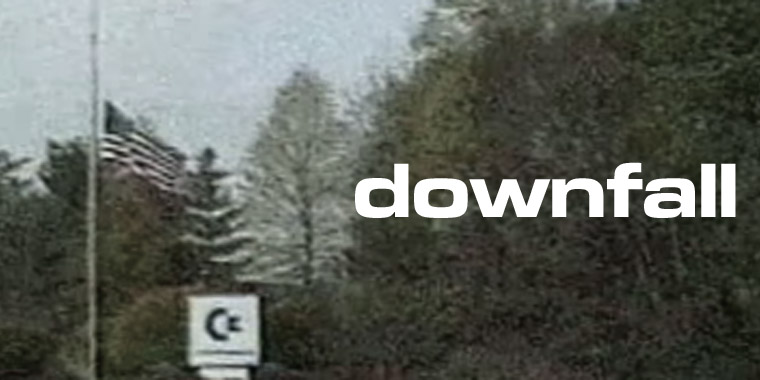I think what ruined the Saturn is that Sega didn't really make games with the Saturns hardware in mind, and instead porting down from hardware that was a lot more advanced than the Saturn as long as it was playable. I'm also not sure why Sega didn't port System 32 and Multi-32 2D games to the Saturn considering it's capabilities, and instead porting 80's games like Galaxy Force and Outrun.
While that's definitely true in the sense of the arcade ports they did (also in that regard, a mistake they did with many of them was having very few extras for the home releases: even at the beginning Namco knew to enhance their arcade ports with tons of extras that were home-exclusive, especially with later releases like Tekken 3), they technically did make games from the start exclusively with Saturn in mind. Panzer Dragoon, Astal, Clockwork Orange a few examples.
But I think the perception that they didn't do those kind of games too frequently (besides the fact they did have a lot of arcade ports) is because their biggest pushes with the system during holiday seasons were the arcade conversions. Even when they were releasing NiGHTS, during the holiday season that year I think it was the arcade ports that got the most coverage.
I think both SEGA and the media at the time were a bit guilty of creating that scenario, especially one that's stuck around in hindsight. SEGA set those (relatively unrealistic) expectations on themselves since they were the ones pushing the "arcade-at-home" experience, so that obviously meant they would've created expectations for people to expect Saturn to get arcade-perfect ports of Model 2 games, their most recent board at that time. And because of that the media had those same expectations.
That's the big reason I feel why SEGA spent so much time with arcade conversions and pushed them to the forefront, but I think the efforts between arcade ports (I'm not counting Saturn games that were later ported to the Titan or may've been released on Titan first but developed with Saturn in mind) and console-exclusive games from them was relatively even. Yeah, you had VF, VF2, Virtua Cop 1 & 2, Fighters Megamix, Vipers, Last Bronx, HOTD etc., but there were also PD, Zwei, Saga, Deep Fear, Astal, NiGHTS, Burning Rangers, Rayearth, BUG!, Mr.Bones, Scud etc.
This also goes back to the AMIGA.
The Amiga in the last couple years, was trying really hard to push outdated and closed hardware to match consoles and PCs, but even when Commodore put out the best hardware it could, the Amiga struggled with even Pre-Doom level games. The Amiga couldn't even run Blake Stone.
The best we saw during the Amigas lifespan was Alien Breed, which was slow, pixelated, and washed out. Instead Amiga should have pushed for the 3D it was good at, and took advantage of it's above average 2D capabilities.
This is the lesson that companies have to learn, a business model focusing primarily on trying to catch-up to the competition doesn't often work.
True, and I think adding to that is the fact Commodore didn't have a 1st-party software development team for video games, so if they wanted Amiga games that were designed exclusively with the Amiga hardware in mind, it would've had to come from a 3rd party or through some sort of partnership with one of them (similar to what we saw between Sony and Insomniac this generation)..
AFAIK, however, they never did this, and it didn't help they didn't want to position the Amiga line as gaming computers. Which is crazy, because since you bring up 3D: if they had done so, a lot of the early innovations with 3D gaming we associate with the PC and arcade scenes, could've possibly happened in the Amiga scene. I get that rendering 3D isn't quite the same as applying real-time 3D, but something that can do the former can do at least some of the latter, and the Amiga was very strong at the former for its day.
I remember a page of a German computer magazine pdf stating that Amiga 500 outsold the MegaDrive in Germany, both having around 1 million sales
Now I can believe this on face value, because the 500 was a microcomputer, Amiga was arguably the biggest microcomputer brand in Europe at the time, and microcomputers still held an edge over dedicated videogame consoles even with the 16-bit marketshare gains of MegaDrive and SNES (all things considered).
But the 500 is not the CD32 . This point of contention wouldn't even be a thing if a
certain person with an 'A' (oddly appropriate) starting off their username, who brought up that point, had even a lick of sense to provide sources verifying their claim (or most of their other claims, to be quite honest)






